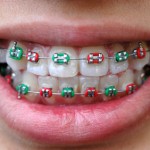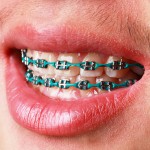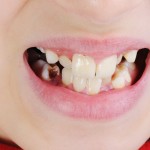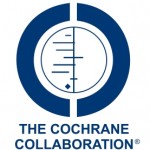
One of the adverse effects of orthodontic treatment is the development of white spot lesions (WSLs). The incidence of these early carious lesions has been reported to vary between 5-97% . The aim of this trial was to effectiveness of MI Paste Plus and PreviDent fluoride varnish (22,600 ppm of fluoride) with a standard oral [read the full story…]






